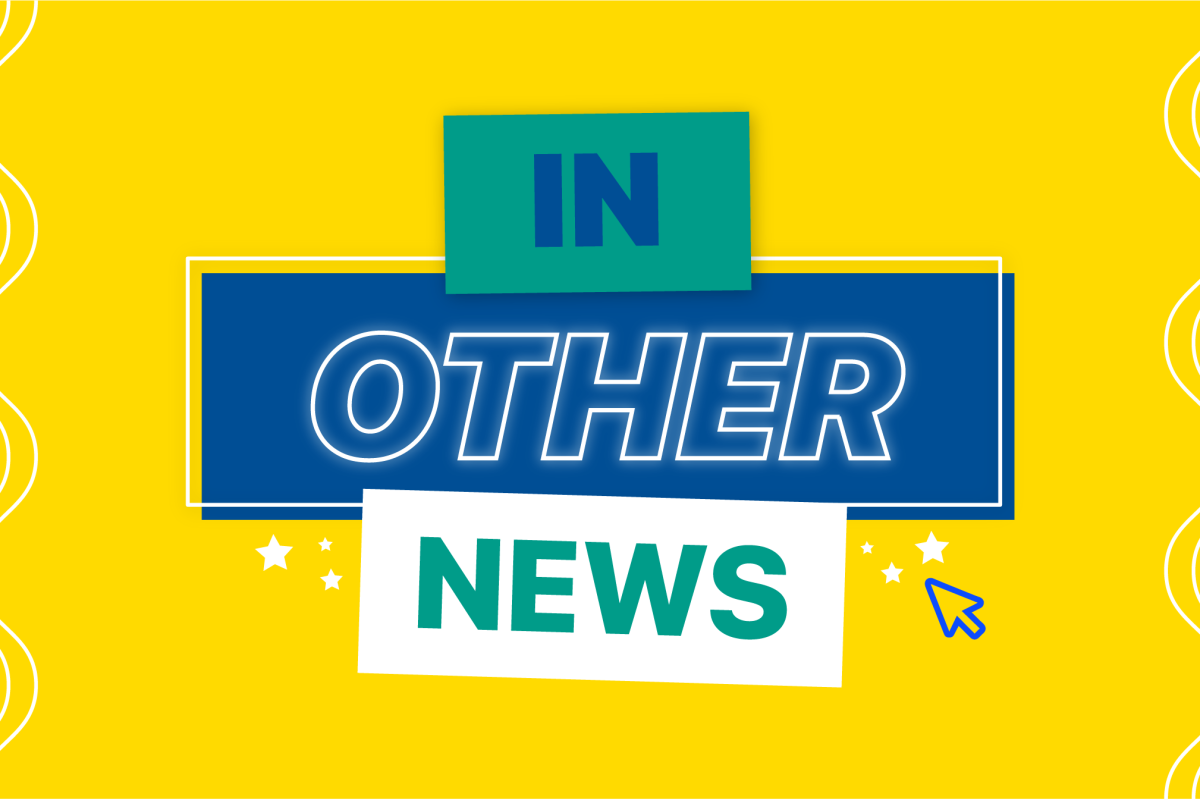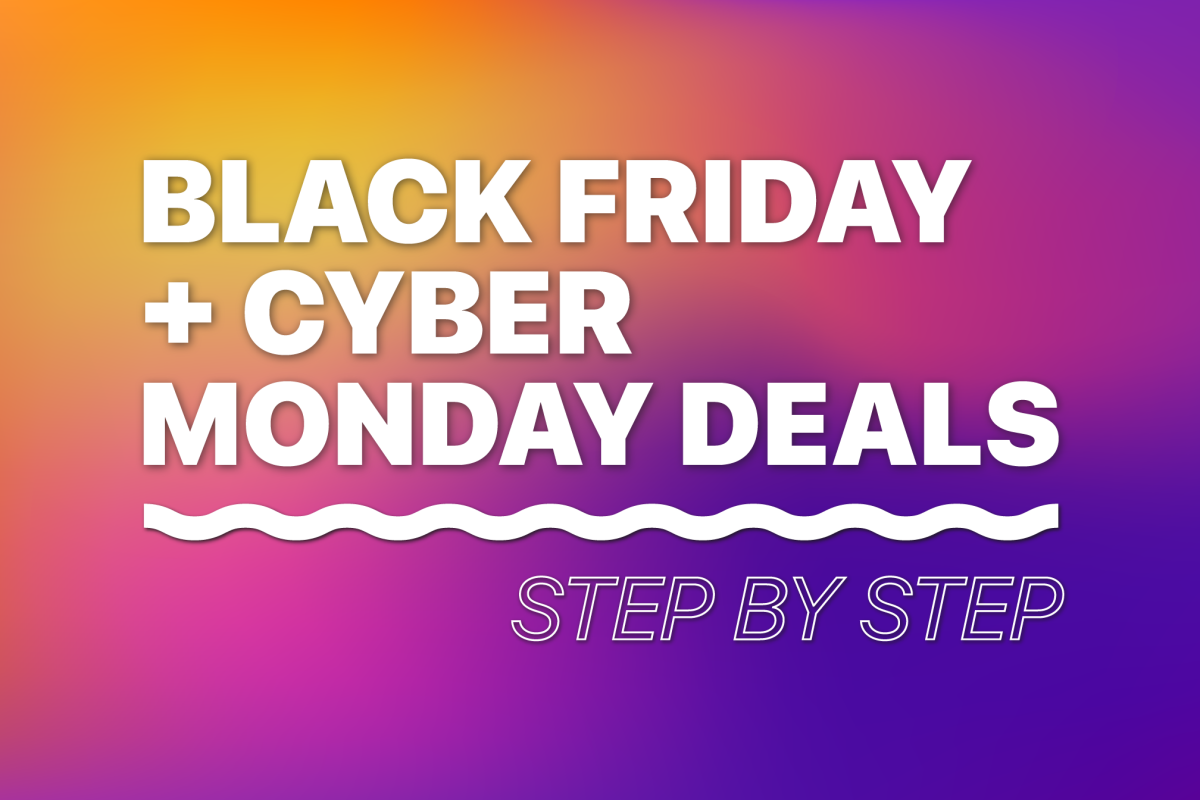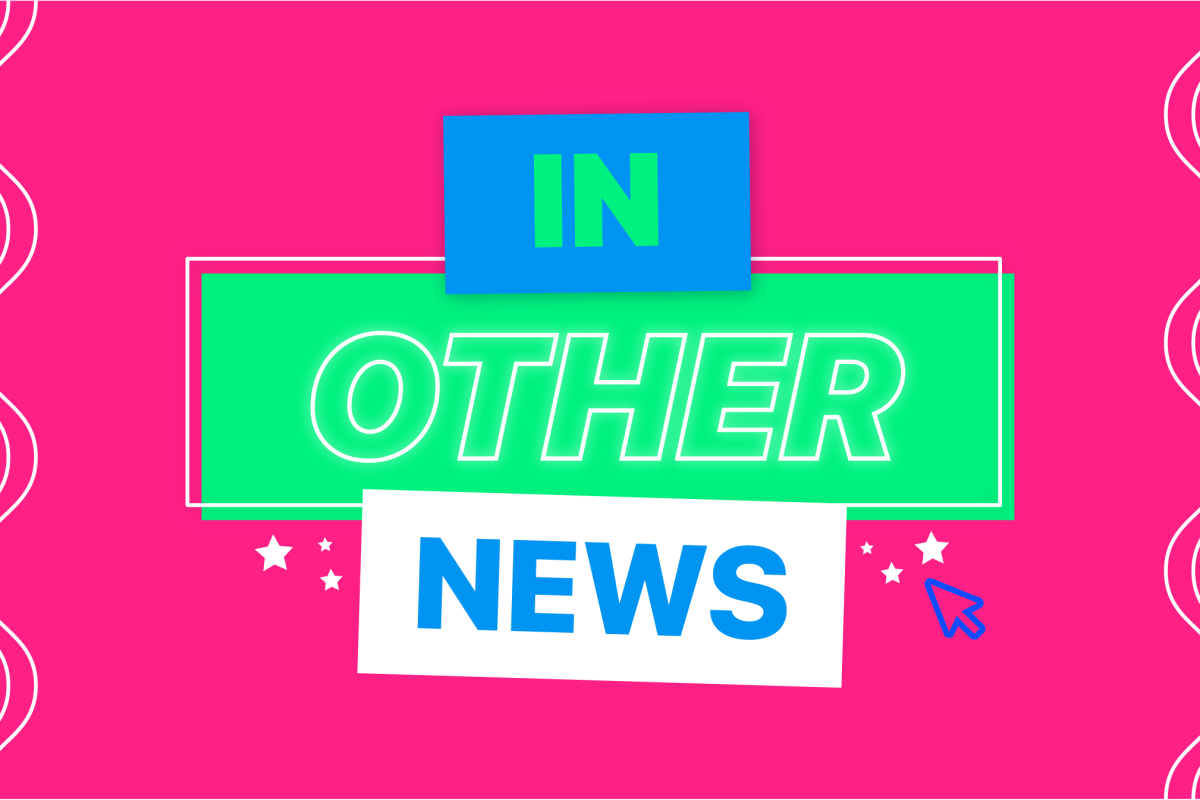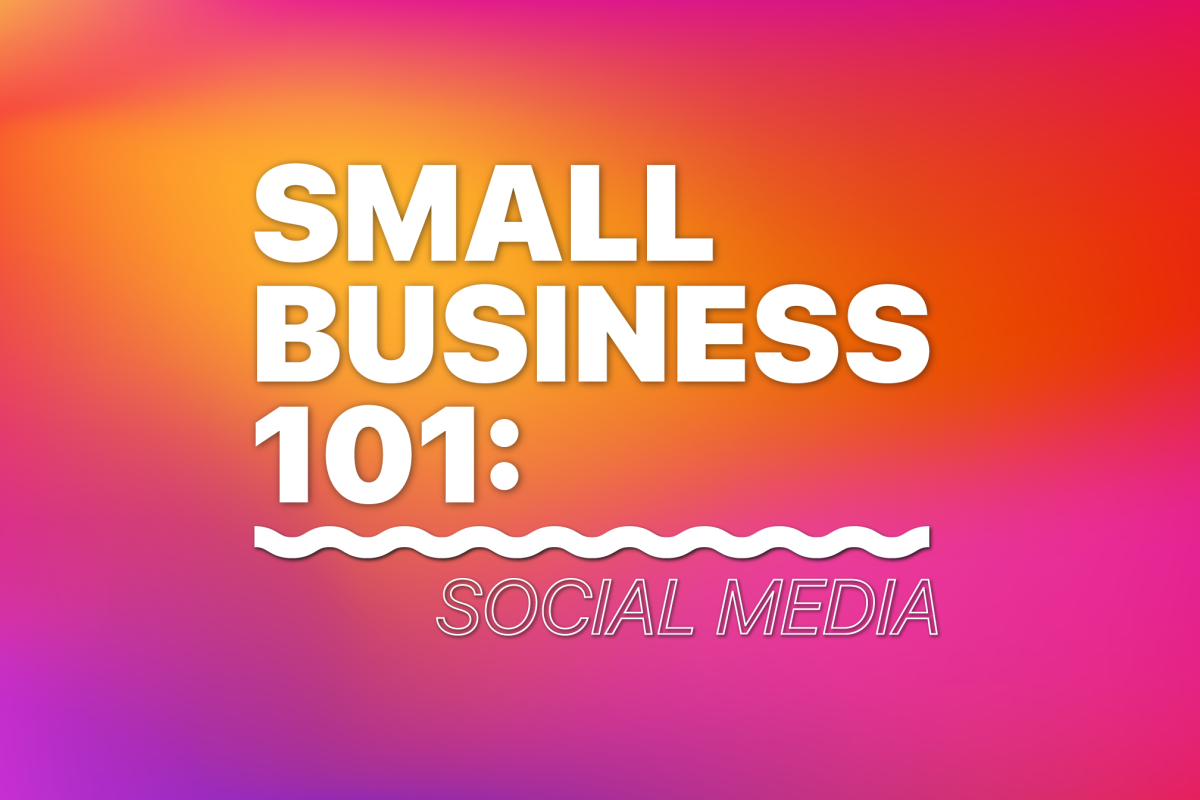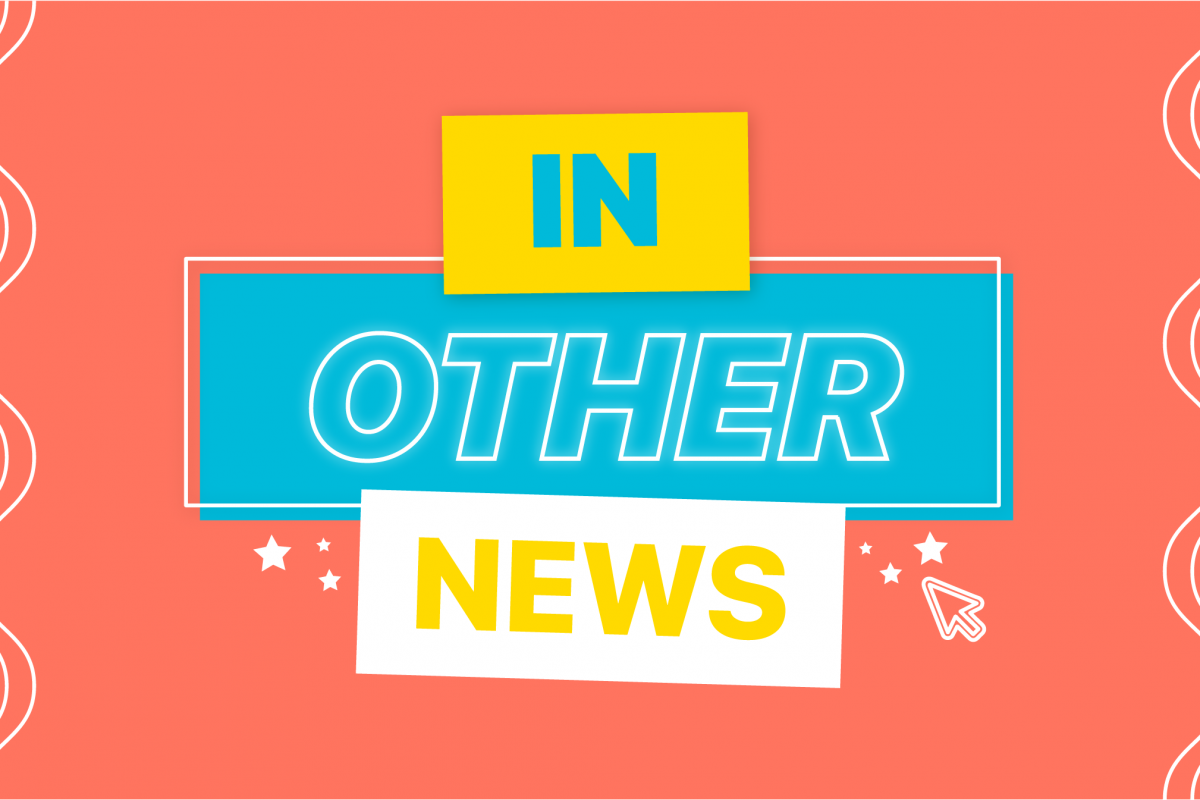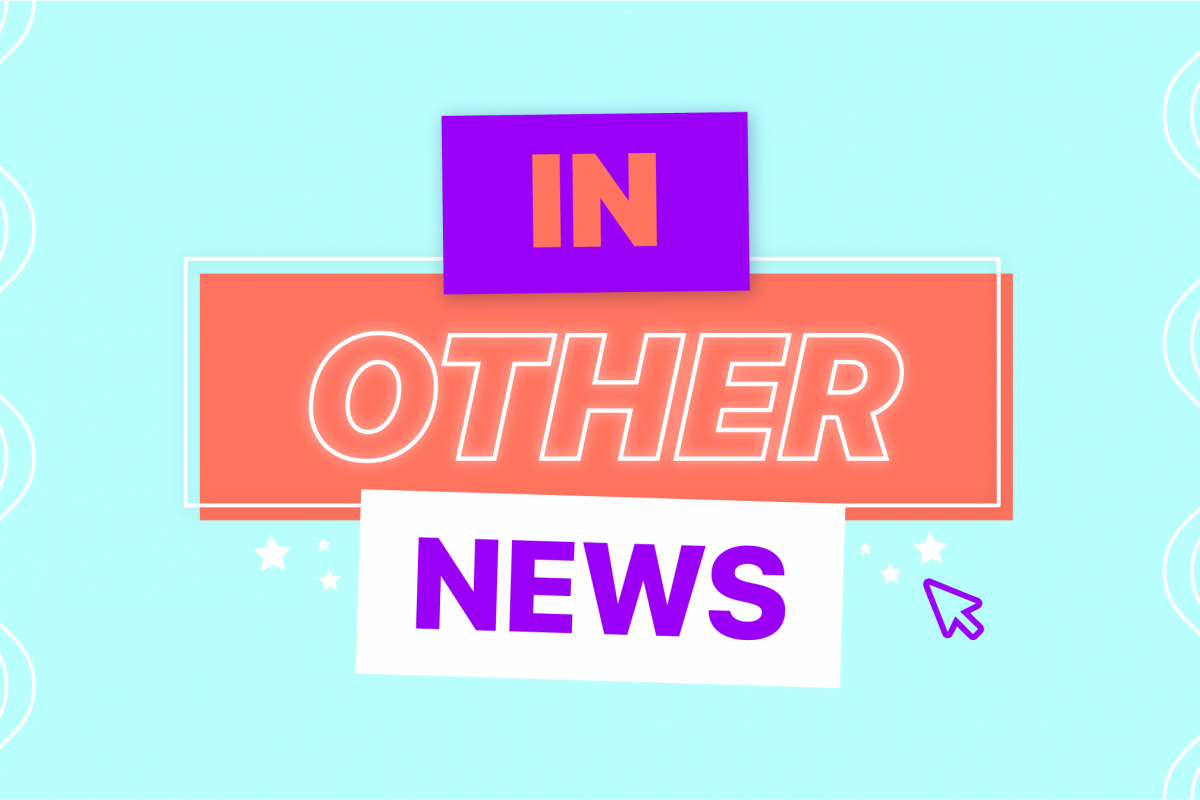It’s this time of year again. Black Friday and Cyber Monday are approaching fast and 2021 looks like they will be even more hectic than 2020… But fear not, your trusty Pilot Fish Media team is here to guide you through the madness and help you plan (and execute) for BFCM success!
Step 1: Define your BFCM goal
Where should you start? First things first, begin by thinking about what you want to achieve this Black Friday and Cyber Monday. There are three big categories of BFCM goals:
Profit (short-term benefits)
And yes, it is profit, not revenue. The danger of focusing on revenue is that you try so hard to create an attractive offer that you could end up selling your products, services, or experiences at an unsustainable price where your profit margin is low to non-existent.
Tip: don’t forget to set yourself a best and worst case scenario measurable and time-specific profit objectives!
Growing your customer base (medium-term benefits)
With this goal, you are not so interested in a short-burst influx of cash as you are building your brand awareness in the market. You’re looking to the future with the goal of bringing in customers who will stay with you.
Tip: here also, you’ll want to define an ideal and break-even number of new customers from the BFCM sales to measure success!
Learning (long-term benefits)
Here, you take a longer-term approach and seek to know more about how your customers behave, to what techniques they respond best, their purchasing process… With this goal, you are using the BFCM sales as a research project to feed into future strategies.
Tip: Identify what you are analysing and how you will do so.
Step 2: Choose your type of offer
Now that you know your brand’s purpose in joining the BFCM sales, it is time to look at the different types of offers and deals available to your brand. You can then pick the one most aligned with your BFCM goal and most beneficial to your profit margins.
Percentage discount offer
This deal is one of the most widely used one and consists of offering a set discount to either selected items or to the customer’s full basket. Unsurprisingly, this is one of the most used offers and fits particularly well with profit-oriented BFCM goals.
E.g. 10% off selected items/your basket
Tip: make sure that your discount does not go beyond what your gross profit margin can sustain
Tip: display the original price AND the discounted price to show customers how much they are saving
Pounds-off discount offer
Here, you would offer a set amount of money off a product, selection of products, or even on customers’ total basket. This deal is also very popular and works well with profit goals.
E.g. £10 off selected items/your basket
Tip: consider bundling complementary products and offering your percentage discount off said bundle to increase your average order value.
Tiered discount offer
This offer is designed to increase savings based on levels of spending as set discounts are applied to specific levels of spending. This deal is designed to increase your average order value by giving customers an incentive to spend more. As such, it fits the profit goal best and the learning goals, too. It is also a great way to gently nudge your customers into trying more than just your hero product.
E.g. £30 off when you spend £80
£40 off when you spend £110
£50 off when you spend £140
Mystery box offer
This is a slightly trickier one but that can yield great results. The customers roughly know the type of product, service, or experience they are purchasing but not the specifics. As such, it is an opportunity for you to bundle complementary products and to surprise customers. The key is to manage expectations (so be very careful with your product name and description) so as to meet, or even better, exceed customers’ expectations.
This deal works best with experiences and when your product/service portfolio has a homogeneous high quality level. We would recommend this for learning-focused BFCM goals.
E.g. Wellness basket for £50 (but not mention of specific contents) OR one-night stay in our hotel (without specifying the room category or inclusions such as breakfast, bottles of wine, flowers…)
Tip: copy is critical, here. Make sure your offer descriptions generate excitement and play up the mystery for an enhanced unboxing experience.
Free gift offer
Always a good option when your gross margins are too slim to justify any discount, the free gift deal enables to increase overall value without decreasing gross profits. It is also a good tactic to use at key points throughout the year, especially when trying to extend your customer base!
E.g. Free mirror with every makeup purchase
Tip: make sure the gift is relevant and complementary to the product purchased, otherwise customers will have a lower incentive to pick this deal.
Extra donation offer
This offer consists of pledging a caritative action for every purchase, which can be monetary or not. It is an excellent way to create an emotional bond with your customer base and to enlarge it. It can also be a good learning opportunity for the brand to understand your customers better.
E.g. For each purchase, a tree will be planted in Kenya
Tip: for this to succeed, you must pick a cause about which your customer base feels strongly.
Step 3: Consider the customer experience
Once you have identified your goal and selected your offer, your work is not quite done. You should also consider the overall customer experience. First, look at your offer. The easier to understand it is, the better it will do. So make sure your deal makes sense to your target customers. In the eternal words of Michael Scott, “make it simple, stupid”. This is also why we would recommend only using one type of offer at a time! With customers having easy access to many sales from many different brands at the same time, any confusion will quickly cause them to go to a competitor.
Now that your offer is profitable, attractive, and simple to understand, examine the customer journey in detail to make it as smooth as possible. Don’t forget the check out process. As the last step in the purchase process prior to receiving the product, the check out is your last chance to make a positive impression. As the last link of the chain, the ease of checking out will leave a lasting impact on the customer and will likely colour their perception of the entire purchase process. As such, you will want to make this step, fuss-free, fast, and easy, without forgetting to thank customers once completed.
Your confirmation email is also an extension on your customers’ purchase experience and should reflect your brand. It is also a chance for you to subtly push one-time customers into becoming repeat or even loyal customers. To do so, make sure the email is visually appealing (in a way that highlights and supports your brand’s aesthetics), clear, concise, and highlights the next steps (i.e. delivery process and timing). Thank the customers for choosing your products and you, and add a little fluffy message to leave them with a fuzzy warm feeling about having supported your brand.
Need some expert help to make a splash this Black Friday and Cyber Monday? Get in touch with us now at [email protected] for a strategy consultation…

